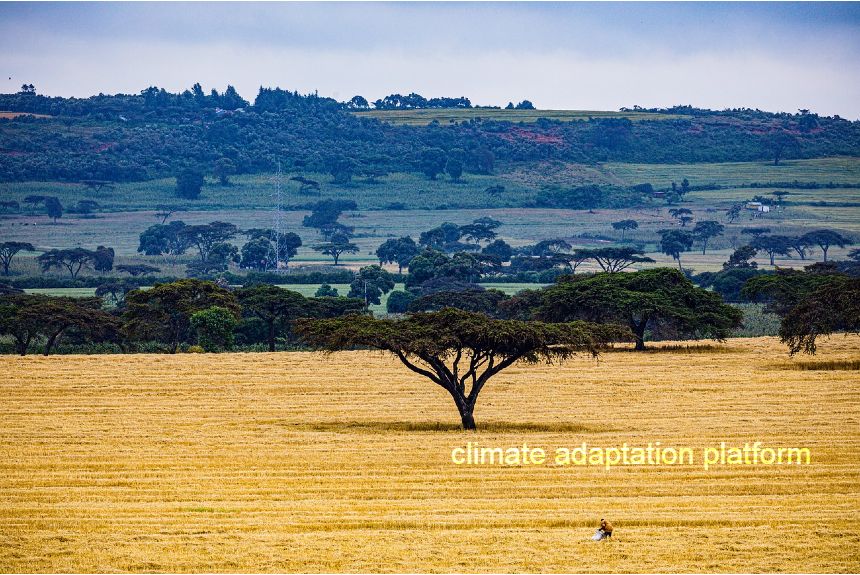Kenya’s Great Rift Valley is an abundant renewable energy source. It is the world’s seventh top producer of geothermal energy. The country’s 53 million population lives in the Great Rift Valley, a series of geographic trenches and valleys spanning thousands of kilometres from Lebanon in Asia to Mozambique in Southeast Africa.
Kenya is the first African country to build geothermal plants. The 74% state-owned Kenya Electricity Generating Company has built several plants in the Olkaria Area, a geothermally active region in the Great Rift Valley. When the Olkaria V geothermal power plant with a 172 MC capacity came online in November 2019, Kenya’s geothermal production capacity reached about 860 MW, making that county the world’s 8th top geothermal producer. By 2023, Kenya will have 891.8 MW of installed geothermal capacity.
The American government thinks that Kenya has the potential to generate 10,000MW of geothermal power, more than the ten times it creates today.
The earth’s crust is thinner along East Africa’s Great Rift, making exploiting the earth’s heat easier and cheaper. On average, engineers worldwide must drill between 3000 to 4000 meters deep to make a geothermal well. However, some wells in the rift are only 900 meters deep.
The geological forces that formed East Africa’s Rift Valley could also make it possible for them to capture GHG emissions from the air and store them cost-effectively, according to The Economist.
Kenyan environmentalist James Irungu Mwangi reckons that the great rift valley, which he calls “the Great Carbon Valley”, has the key attributes to make it a great location to build Direct Air Capture (DAC) plants because of the valley’s abundant geothermal energy sources and its right geology for storing carbon.
DAC plants need a lot of energy to run, which will be supplied by the rift’s vast geothermal energy, which is also a renewable and clean energy source and the rift’s geology which contains bands of porous basalt, a volcanic rock stretching for thousands of kilometres makes it ideal for capturing and storing carbon. After the carbon is sucked from the air by DACs, it is dissolved in water like a fizz or bubbly liquid, which will then be injected into the porous rock.
A Swiss firm, Climeworks is, to date, the world’s largest DAC plant located in Iceland. Martin Freimüller, the founder of Octavia Carbon, a Kenyan startup, is working to build the world’s second-biggest DAC plant in the Rift Valley. He hopes it will be able to sequester carbon dioxide far more cheaply than Climeworks because Kenyan engineers and chemists cost less than in more prosperous economies.
In Kenya, it has been its government’s priority to grow its renewable energy capacity. So far, it has exploited close to 950MW of geothermal energy, enough to power close to 4 million homes. As a developing country, its vast geothermal energy offers a vast potential for Kenya to grow its economy and move to 100 clean energy by 2030.
According to the UN, more than half of the sub-Saharan population does not have access to power, making it the lowest region due to the lack of a grid that distributes power to consumers. Large African economies like Nigeria and South Africa rely heavily on fossil fuels to supply their growing population.
Given adequate investments to harness Kenya’s enormous geothermal energy and to build more electricity infrastructure and grid, the rift’s vast geothermal energy potential could supply renewable energy to these African countries and become a primary driver for their economic growth and development.
Sources:
Why Kenya could take the lead in carbon removal. (2023, June 25). The Economist. Retrieved from https://www.economist.com/middle-east-and-africa/2023/06/15/why-kenya-could-take-the-lead-in-carbon-removal
Brown, W. (2022, December). Kenya Taps the Earth’s Heat. International Monetary Fund. Retrieved from https://www.imf.org/en/Publications/fandd/issues/2022/12/country-case-kenya-taps-the-earth-heat
Krebs, D. (2022, September 26). How Kenya Became the World’s Geothermal Powerhouse. Reasons for be cheerful. Retrieved from https://reasonstobecheerful.world/kenya-geothermal-energy-world-leader/



Leave a Reply